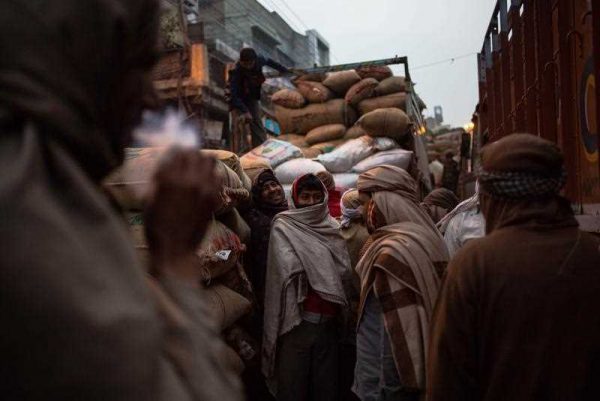Restoring growth is paramount. In the last two years, growth has slipped below 5 per cent, the lowest in a decade. ‘Execution bottlenecks’ in large infrastructure projects and massive declines in private and public investments are the causes. But economic growth has been one of the stimulants of India’s massive reduction in absolute poverty. It is essential to bring it back.
According to the World Bank, during 2008–11, 140 million people were delivered from absolute poverty in India. But India still accounts for 30 per cent of those living in extreme poverty in the world. Poverty will put pressure on the new government to spend on the poor, but with falling growth, the fiscal space to continue on the existing scale is shrinking. If India can attain 7–8 per cent annual GDP growth, the fiscal constraint might loosen due to increased tax revenues. At the same time, the government can move to widen the tax base, shoring up the combined (Central and States) tax-to-GDP ratio to over 20 per cent up from the current 18 per cent.
Several subsidy schemes linked to food, energy and fertiliser have been the preferred instruments to address distributive concerns. According to National Accounts statistics, in 2014, these subsidies exceeded 2 per cent of GDP at current prices. A common and familiar criticism of the subsidy regime in India (and indeed elsewhere) has been its non-targeted nature and the distortions it introduces into the economic system. For example, fuel subsidies are inefficient for social protection because a large share of the benefits go to higher income groups.
In certain cases, subsidies have led to the exploitation of ground water and the overconsumption of fuel, with damaging consequences for the environment. Rationalising subsidies must be accompanied by an extensive transformation of India’s social protection framework. Instead, using the Aadhaar platform (an online identification system) to facilitate direct transfers will allow for better targeting. At the same time, it will enhance the efficiency of the resource use per unit of GDP.
The new government has been reproached for the piecemeal nature of reform so far. Procedures for certain government approvals have been streamlined and states are inching ahead on once taboo labour reform. But a grand design for further and bigger reforms has been missing.
The choice of pathway to growth will be fundamental. It will determine the structural transformation that will inevitably accompany growth. By 2031, India’s urban population is expected to cross 600 million. At that time, 75 per cent of India’s GDP and 70 per cent of all net new jobs are expected to come from cities. How cities develop over the next few decades will be determined by policy choices that are made today. Compact city designs are known to upgrade growth and economic efficiency by reducing the costs of infrastructure and improving agglomeration productivity.
India’s environmental externalities are already estimated to cost 5.7 per cent of GDP. Urban pollution is the cause of a disturbing number of premature deaths. India houses 13 of the G20’s 20 most polluted cities. As such, India’s latest national plan aims for faster, inclusive and sustainable growth. But reform of cities and energy systems calls for investments in land and other long-lived infrastructure; they are largely irreversible. It is prudent not to go down the path that countries like China did — their recent local air pollution problems are an indicator of the consequences.
India’s future lies in less polluted and decongested compact cities, efficient and robust agricultural practices, and a secure and clean energy system. Underlying India’s apparent defects is an institutional and enforcement regime needing serious repair. The challenge for reformers and this government will be to unpack this, perhaps one piece at a time. They must aim to ensure that, in due course, ‘good governance’ becomes the norm rather than the exception.
Rajat Kathuria is the Director and Chief Executive of the Indian Council for Research on International Economic Relations.

